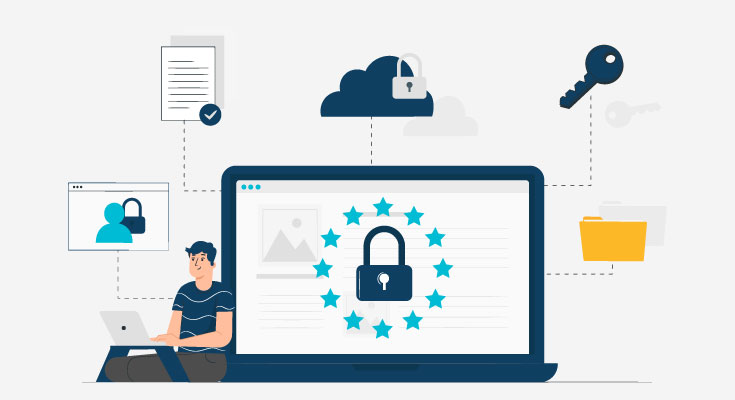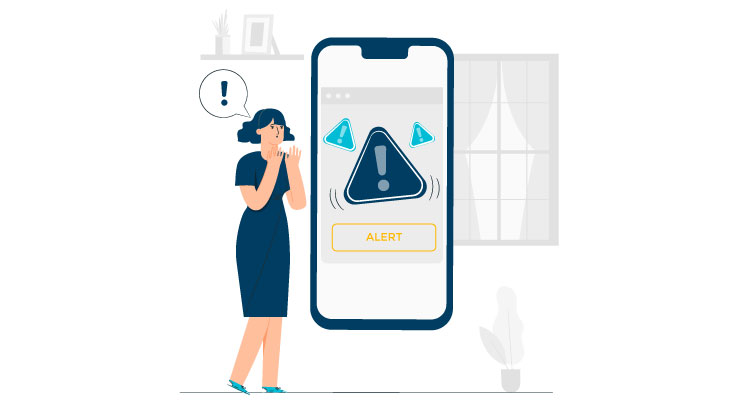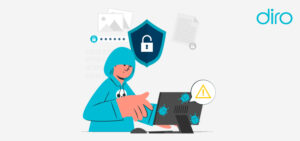Proof of Address Verification in Vendor Onboarding Guide

Onboarding a vendor without having proper guidelines in place can severely impact your business. Vendor onboarding fraud and the consequences that come along can be fatal for a business. So, how can you know the vendor you’re onboarding is the right is not a fraud?
Every business regardless of its nature of business needs to have a vendor onboarding checklist. To avoid instances of fraud that can harm your business, you need to follow the required due diligence.
One of the biggest parts of vendor onboarding is to make sure that you’re keeping up with all the changing laws, rules, and regulations.
What is Vendor Onboarding?
Vendor onboarding is the process of collecting all the crucial information that you need to approve a vendor for your organization. A vendor allows businesses to buy supplies without having to go through a long process. Vendors in turn issue invoices for businesses. Let’s say you onboarded a fraudulent vendor, they’ll end up issuing invoices for things you haven’t purchased. This is how most fraudulent vendors operate and earn money.
The vendor onboarding process needs to have an ideal checklist. By following the checklist, every business can make sure they’re onboarding the right vendor.
Importance of Vendor Onboarding Process
Vendor onboarding is the first step of the vendor management process. If a business doesn’t have a vendor onboarding process, it can become a part of fraud. When you follow a vendor onboarding checklist, you can reduce the risk of fraud, eliminate additional costs, and achieve a higher ROI.
When you build a vendor onboarding process for your business, it becomes easy to avoid pitfalls that come along with bad vendor management.
Not just customers, you also need to nurture relationships with your vendors. A well-thought-out vendor onboarding process can help you make your relationships with vendors strong. It also offers other benefits:
- Reduce or eliminate risks
- Streamlined process and increased level of efficiency
- Ensure compliance with regulatory guidelines
- Build a positive business reputation in the industry
- Boost ROI
- Reduce redundancies and mistakes
- Track business data and workflows
- Automate basic tasks
How to Build Your Vendor Onboarding Process?
To start building your vendor onboarding process, you need to keep a couple of things in mind:
- Evaluation and Approval Process: Every business should have an evaluation and approval process while onboarding vendors.
- Setting Up Requirements and Expectations: Set up clear policies and expectations to make sure there’s no confusion between all the moving parts.
- Developing Process for Strategic Supplier Partnerships: Strategic partnerships hold a lot of value for businesses. You need to create a separate onboarding process for all your strategic partners.
- Establish a Communication System: Having a clear line of communication matters a lot. Knowing you can reach out to your vendors at any given time is helpful in eliminating redundancies, mistakes, and errors. Plus, it helps in building stronger relationships with customers.
Vendor Onboarding Checklist
To make the process easier, you need to make sure that you’re not missing out on any crucial factors.
Here’s a vendor onboarding checklist you can use.
1. Evaluate Risk Level
Hiring a vendor that has a poor track record can be risky. You need to evaluate the level of risk a vendor brings along with them. Here’s how you can do so:
- Check business product and service records.
- Check creditworthiness.
- Assess vendor compliance level with current regulations.
- Ask the vendor to sign an ethical code of conduct.
- Make backup plans.
2. Collect Information About Products & Services Offered
- Expected nature, volume, and how frequently you need the supplies.
- Ask for product and service specifications.
- Ask for requirements for placing an order, and the format of order placement.
- Have a clear conversation about pricing and discounts.
- Clear out payment terms beforehand.
- Figure out the delivery process and logistics.
- Supplier training requirements or orientation sessions.
3. Collect Information About Vendors
- Ask for the registered name, address, and contact details.
- Ask for licenses, insurance, and other important documents.
- Vendor bank account verification for creditworthiness check.
- Contact information of vendor representatives.
4. Make all Information Available for Internal Use
All the vendor information should be available for access by some teams, including:
- Accounting teams
- Purchasing teams
- Warehousing and inventory control
5. Share Necessary Information for Vendors
Your vendors should have all the necessary information when they enter into a relationship with a business.
Here’s a list of what you should share with vendors:
- Provide correct invoicing details.
- A record of all the agreed terms and send them for confirmation.
- Provide contact details for purchasing managers and logistics teams.
- Provide training if needed.
Importance of Proof of Address Verification In Vendor Onboarding
Proof of address verification in vendor onboarding is a step that a lot of businesses ignore. Verifying where a business comes from plays an important role in figuring out if they’re genuine or not.
Let’s say there’s a location that’s famous for having risky vendors, or there’s a location that your business doesn’t serve. How would you know the vendor is not from the location?
That’s where online proof of address verification comes in. When you verify a vendor’s proof of address, you can make sure you’re not getting into a relationship with a fake vendor.
DIRO online proof of address verification can help you verify the address of your vendors by verifying the documents provided. DIRO provides 100% accurate results instantly, using proprietary technology.















